 Here we will consider the distinguishing features and examples of the normal force, weight, tension, friction, buoyancy and drag - all colourfully illustrated with Algodoo.
Here we will consider the distinguishing features and examples of the normal force, weight, tension, friction, buoyancy and drag - all colourfully illustrated with Algodoo.
Much of this has already been described on the Forces page.
Pressure is not a force. Pressure is the ratio of force acting to the surface area. This is often calculated for the weight of an object acting on a horizontal surface.
\(P={F\over A}\)
Pressure has the SI derived unit Pascal (Pa), equivalent to N m-2

How much of Examples of forces have you understood?




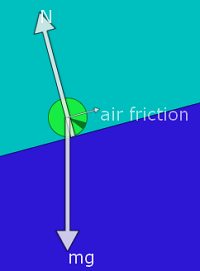

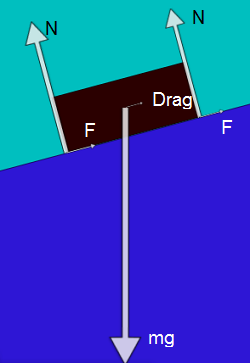
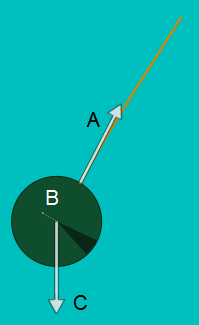

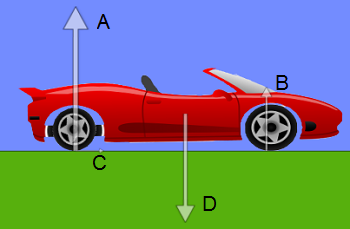
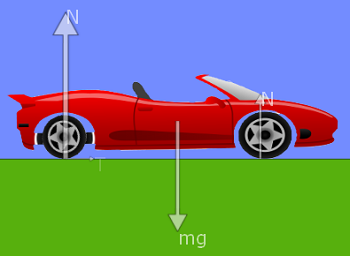
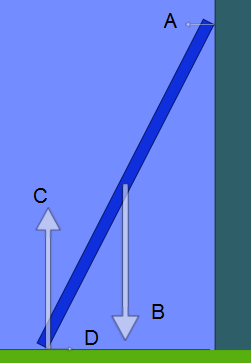
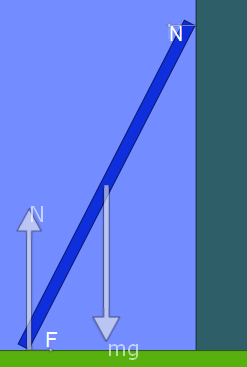
 Twitter
Twitter  Facebook
Facebook  LinkedIn
LinkedIn